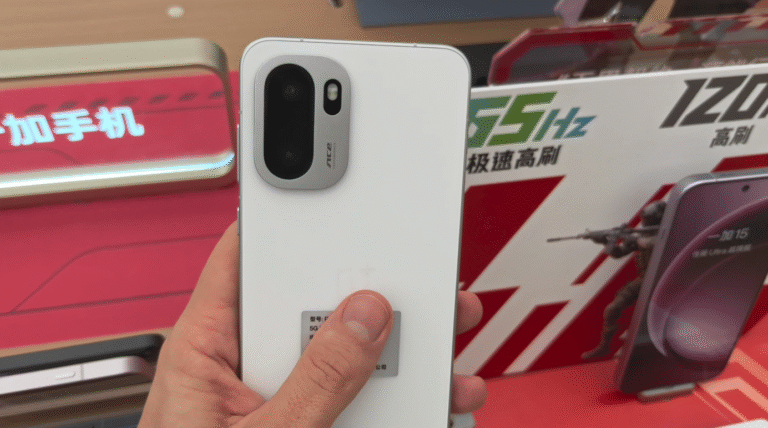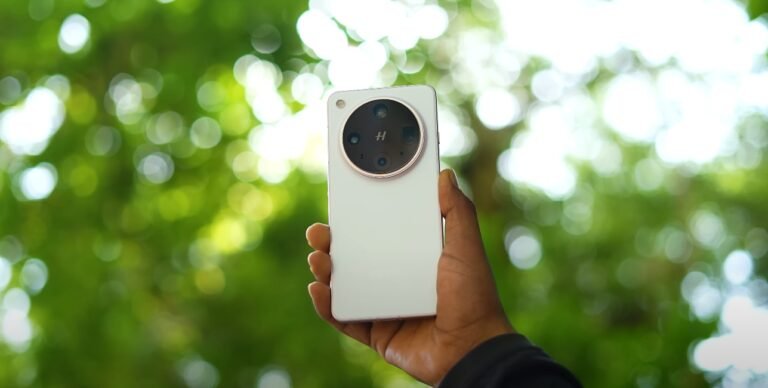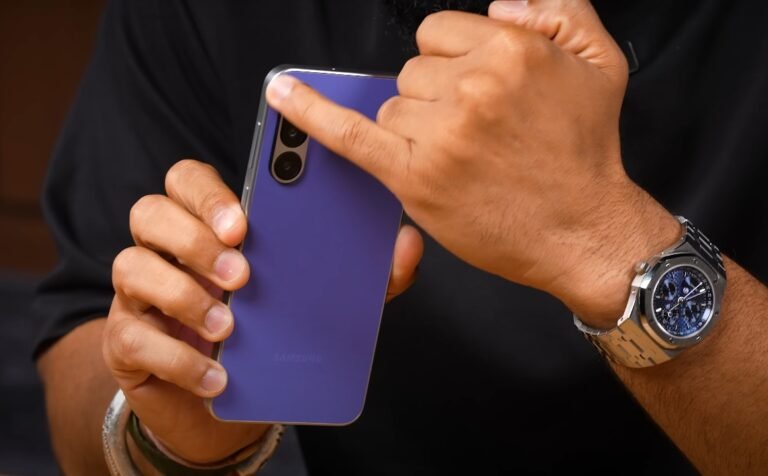OnePlus 15 display revealed: 6.78″ 1.5K 165Hz screen in flagship league

A serious next-gen panel that puts OnePlus at the front of visual innovation
The OnePlus 15’s display specification has now been officially revealed ahead of its global rollout, and the headline figure instantly signals a shift into aggressive flagship territory. The device uses a 6.78-inch LTPO OLED panel, with a 1.5K resolution and a peak refresh rate that goes up to a massive 165Hz. This is the type of spec that pushes display expectations for Android buyers, including here in the UK where premium visual quality remains one of the biggest upgrade triggers.
What also stands out is the adaptive refresh logic. This panel is not locked at a fixed extreme refresh mode. Instead, the glass can dynamically step all the way down to single digit refresh ranges in static content. That gives UK users smoother visuals when needed, but still supports efficient battery behaviour when reading text or checking banking apps. It is a smart blend of premium specification and practical engineering.
Brightness is another talking point, because the OnePlus 15 panel targets levels that place it in direct conversation with the very top tier. Sunlight readability is a critical requirement for buyers in Britain due to varying daylight brightness, and this is one of the areas where mid-range displays still struggle. The new panel supports significantly higher peak luminance and better sustained brightness for outdoor environments.

The size at 6.78-inches puts this model firmly into the large flagship category. Yet OnePlus has reportedly trimmed bezel thickness further, resulting in a more immersive field of view without increasing footprint dramatically. This matters because UK smartphone usage trends show more long-form video watching and more full-screen map navigation, and larger visual real estate simply suits the way people actually use their devices now.
Resolution choice is interesting too. OnePlus is not chasing 2K in this generation, but the 1.5K sweet spot is becoming a technically credible compromise because of how efficient pixel management and anti-aliasing have improved. Real world difference between 1.5K and 2K is less visible than it used to be, while the energy gains and thermal headroom are tangible in extended use situations. This new balance aligns with how premium devices are being optimised going forward.
Touch responsiveness has also been raised in this generation. The display is tuned for lower latency interaction during gaming and rapid UI tasks, meaning gesture recognition is more consistent under heavy performance loads. That makes a noticeable difference when navigating rapidly or when switching between apps in multi-tasking scenarios. This tier of responsiveness used to belong only to gaming-branded devices.
Colour reproduction is another asset. OnePlus is using a more advanced calibration pipeline that should deliver improved colour accuracy across SDR and HDR content. UK users will likely see this most clearly in natural skin tones, dynamic skies, and more consistent shadow detail when streaming premium content. The colour profiles are designed to be neutral rather than overly saturated, which suits modern professional-leaning flagship styling.
Importantly, the brand has kept a curved-edge moderation approach. The curvature is present, but it is not extreme, which helps reduce accidental presses and maintains predictable touch behaviour near the perimeter. Many premium buyer surveys in the UK still show mixed feelings about aggressively curved screens, so this more measured profile is likely to be better accepted.
Heat distribution under brightness is another functional improvement. Thermal spreading layers beneath the OLED have been structurally improved, which supports sustained brightness without excessive panel dimming. That means watching content at elevated brightness levels is more stable. It is another subtle but meaningful step into premium-class display engineering.
Overall, the OnePlus 15 display reveal marks a shift in the brand’s identity from “affordable-flagship spec for less” into “true flagship tier front bench contender”. Its panel plays directly into user experience rather than spec sheet marketing. If the rest of the device maintains this level of execution, then the screen alone gives it a legitimate claim to stand among the best phones available — not beneath them.
Also Read: Galaxy M17 5G compare: 4 GB vs 8 GB variant – which to choose?





